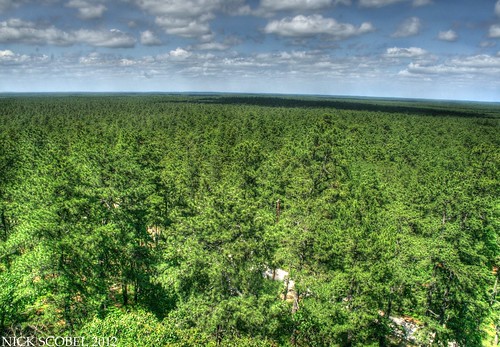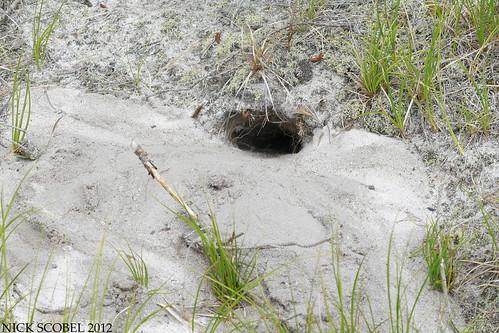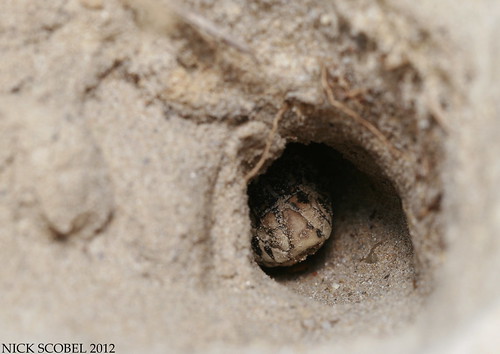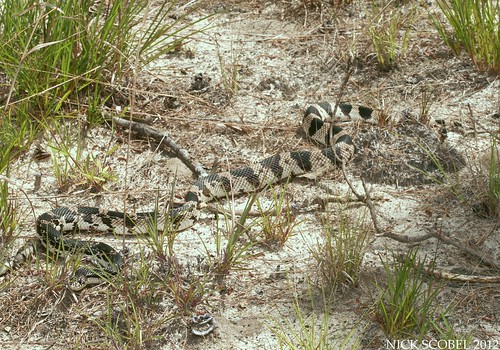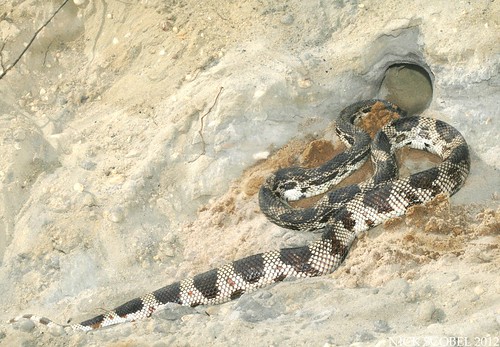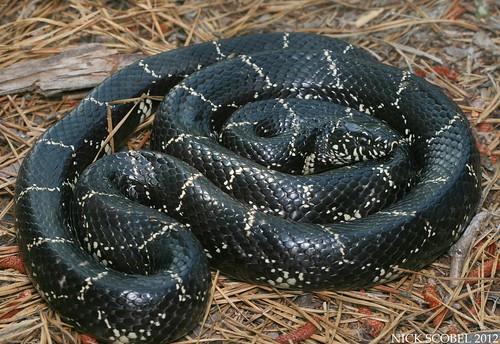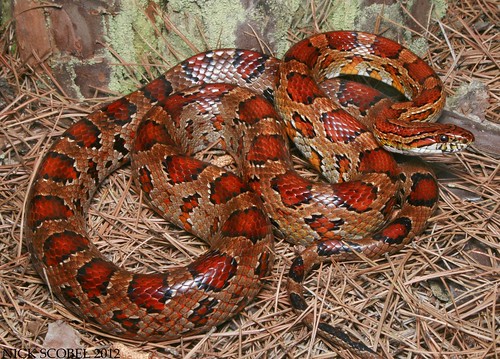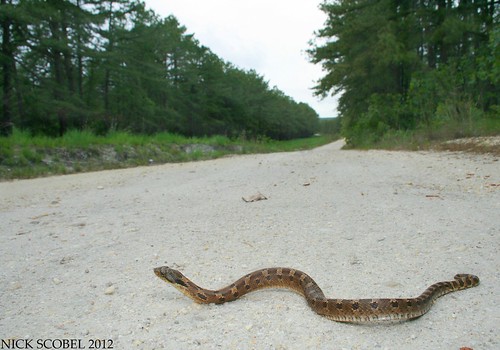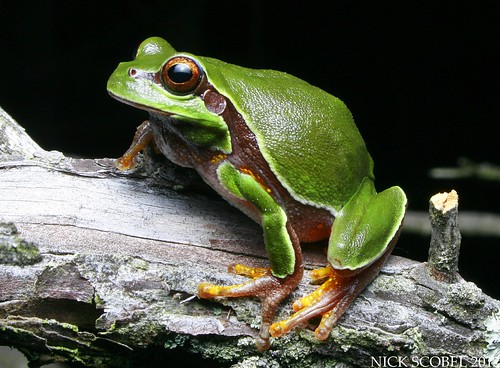I realize this post may offend or upset a lot of people, but due to recent events I feel like I need to explain some feelings and concerns that I have with collectors. The herpetological community is made up of a wide variety of people from all different walks of life. There are academics, biologists, breeders, hobbyists, and those people that just enjoy being in the field to see snakes. And although all these groups of people all enjoy the world of herpetofauna, many have different approaches to how they appreciate them. For me, I enjoy seeing snakes in their natural environment rather than in a cage or terrarium. Seeing an impressive snake species in its natural environment is much more rewarding to me, and I can't imagine taking one home to isolate it in a small space, it just seems wrong to me. However, many people do enjoy keeping snakes and breeding them. For them, interacting with the snake on a daily basis in an up-close manner is rewarding and enjoyable. However, due to recent events here in New Jersey and several other encounters I've had with hobbyists over the past few years, I feel as though I need to say a few things about the ethics of this field and how hobbyists carry out their actions.

Northern Pine Snake - Pituophis melanoleucus melanoleucus
Last week, there was a poaching event involving a Northern Pine Snake nest in New Jersey pine barrens and a nesting female may also have been collected in the process. One has to wonder, with all the bloodlines of NJ locality pines which are available from a captive breeding environment, why would someone collect out a pine snake from the wild? For me, I will never understand anyone's want or need to collect any species of snake from the field. Granted, I always brought home garter snakes when I was a kid, but even then I released them the next day. I guess I don't understand why hobbyists just can't enjoy a snake in the field and not feel the need to take something home with them. A Black Pine Snake (Pituophis melanoleucus lodingi) was recently found in extreme NW Florida in the pandhandle, where the Florida Pine Snake (Pituophis melanoleucus mugitus) likely intergrades with the Black Pine Snake. In either case, it is a very unique animal to find in Florida. After seeing a photo of this gorgeous snake posted on Facebook, I asked the guy who posted the photo whether or not the snake was collected and sure enough it was. Why? So you can appreciate the snake only by taking it home? So you can breed it and sell its offspring for money? To me, there is no difference between collecting animals to make money of them and clearing habitat for a new housing development, either way the ecology of the area takes a hit. A hobbyist may make an excuse that, "I only took one or two snakes." For every one collector who bags a single snake, there are a dozen more who do the exact same thing and make the exact same excuse.
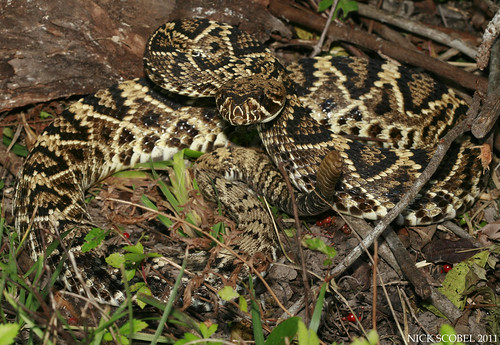
Eastern Diamondback Rattlesnake - Crotalus adamanteus
Recently there has been a big push by several conservation organizations for the USFWS to list the Eastern Diamondback as an endangered species. The USFWS is currently conducting an internal review to decide whether or not the species would be listed. Recently, another individual posted a photo of a diamondback with its head cut off and rattle missing with a caption stating, "Federal protection will not stop this sort of thing from occuring in rural Florida." I was really put off by a comment another Florida resident and well known EDB collector and breeder made. It essentially re-iterated that federal protection will not stop senseless killings of EDBs in rural areas and that the only thing federal protection would do is stop private keepers from propagating them. That is an incredibly ignorant stance in my opinion. One of the largest problems facing diamondbacks is habitat loss, in fact more than 3/4 of its coastal plain pine forest has been developed. Diamondback populations need fairly large expanses of contiguous habitat to propagate and most of these areas that are left are highly fragmented by roads and urban sprawl. Senseless killings, road mortality, and habitat loss have contributed to its decline. Federal protection would help ensure that its remaining habitat remains intact and that anyone who is caught killing or collecting a diamondback would receive heavy fines. This would not completely eliminate senseless killing of EDBs, but it would cetainly help reduce them by making examples of several people. The main reason that the individual I've mentioned is so against federal protection is that he would no longer be able to keep and breed diamondbacks, which I'm sure helps supplement his income. It's disgusting to me that people would denounce listing a species which is in such dire need of federal protection because it would "prevent private keepers from propagating them." There's a lot more involved with the future of the EDB than that, sorry.
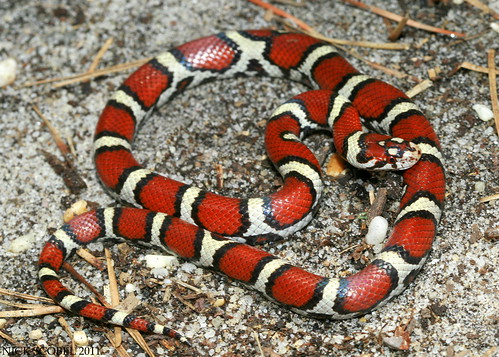
Coastal Plains Milk Snake - Lampropeltis triangulum "temporalis"
There has also been some poaching involving Coastal Plains Milk Snakes in the New Jersey pine barrens, particularly with an individual from New York. Coastals are a unique and beautifully marked snake which are found from southern New Jersey along the coast to North Carolina. It is unfortunate that people collect these animals, particularly in a region where it is illegal to do so. If you see any suspicious activity involving collection of a snake, particularly with protected species, call your local Conservation Officer and get plates or descriptions of vehicles if you can. I don't want to bash everything about hobbyists though, so let me be clear. Many of these people use snakes as tools for public outreach to help educate people on the importance of snakes in the natural environment, so that in itself is good. It is just that I have seen more unethical behavior out of collectors than I have seen ethical behavior, just my $0.02 on the situation.











